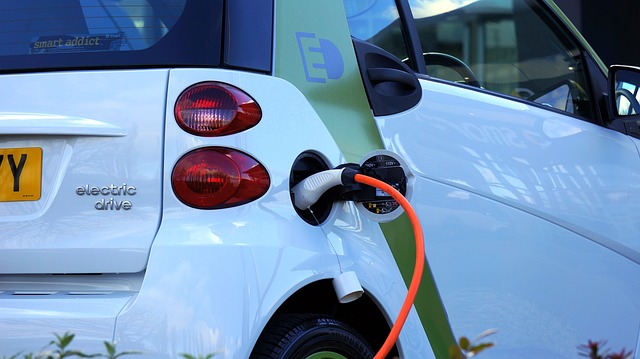
With Trump’s decision to pull out of the Paris Climate Agreement, Americans who are worried about climate change are left with no choice but to make their own contribution in reducing their carbon footprint and helping prevent (or at least delay) global warming from wreaking its catastrophic effects on the entire planet. Of course, some are saying that pulling out might turn out to be inconsequential because the conditions set forth in the Paris Treaty are ‘non-binding’ after all. Besides, Trump or no Trump, there are more Americans (including many business leaders) who are moving towards the right direction to help control and keep greenhouse gas emissions below dangerous levels.
The shift to renewable energy is central to the mission of keeping global warming at bay. And as a consumer, one of the easiest ways to do this is by shifting from a gas-powered vehicle to an electric vehicle (EV). Unfortunately, it’s easier said than done given the fact that EV makers have yet to solve the challenge of having a long battery life and rapid charging time.
There have been a number of proposed solutions to deal with this conundrum.
There’s EMBATT, a new kind of battery that stacks cells on top of each other and makes use of ceramic for its electrodes. Designed and developed by Fraunhofer Institute for Ceramic Technologies and Systems IKTS, ThyssenKrupp System Engineering, and IAV Automotive Engineering, this battery has the potential to increase driving range to about 1,000 Km per charge.
There’s also Tel Aviv-based StoreDot’s FlashBattery which can supposedly reach full charge in just 5 minutes, and provide a driving range of up to 480 Km per charge (depending on the type of EV being used).
Just a few days ago, researchers from Purdue University announced that they have developed an ‘instantly rechargeable battery’ (called Ifbattery) that doesn’t get recharged via traditional charging stations, but via electrolyte replacement.
Even more recently, an article by WhatAFuture! has brought to light a patent application by NextEV that may just be what EVs need to really take off and become widely adopted.
The patent describes a method to recharge the battery of a moving EV by using your smartphone to summon a drone! Once the drone arrives, it will hover above your car (your charging panel should be located or installed on your car’s roof for this to work), charge your battery, then leave as if nothing happened once recharging is complete.
The patent also describes a ‘buddy charging’ method which is similar in principle to what happens when a flying aircraft refuels another flying aircraft. With this method, you still use your smartphone to summon for help. You won’t be calling for a drone, though. It’s a truck that will respond and do the recharging.
In either case, what’s important is the idea that you need not make a stop to have your battery recharged. Which means uninterrupted travel time for you. And if the patent does go forward from being a mere patent to an actual product, then maybe it could be the solution that EV makers and potential EV owners have been waiting for.
- Bulenox: Get 45% to 91% OFF ... Use Discount Code: UNO
- Risk Our Money Not Yours | Get 50% to 90% OFF ... Use Discount Code: MMBVBKSM
Disclaimer: This page contains affiliate links. If you choose to make a purchase after clicking a link, we may receive a commission at no additional cost to you. Thank you for your support!




Leave a Reply